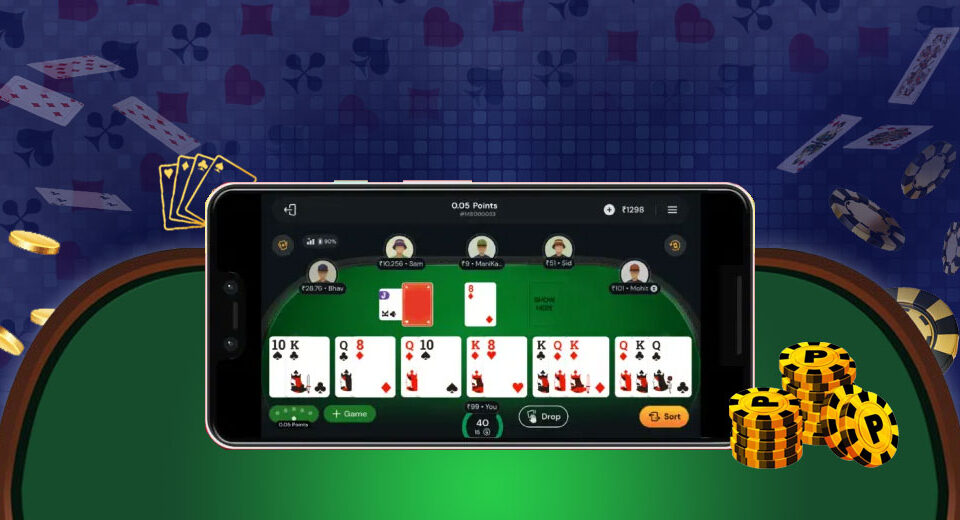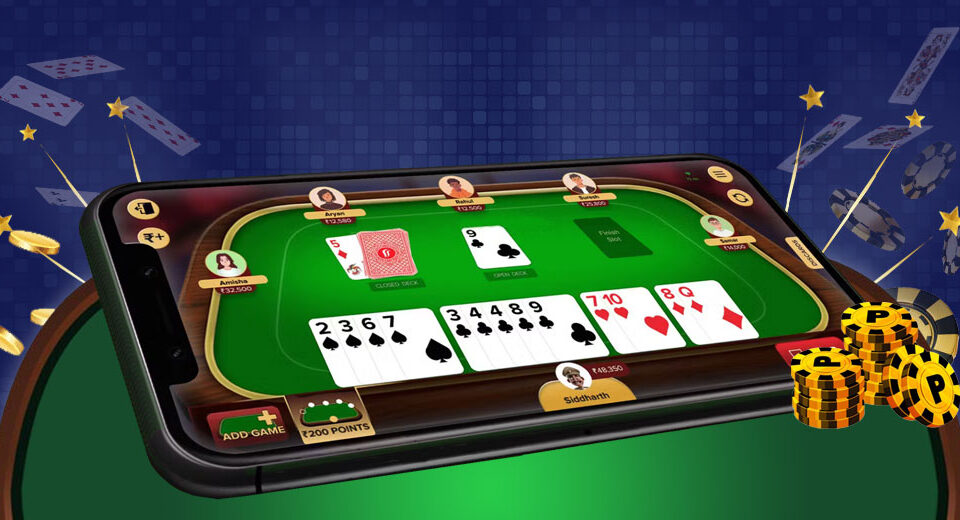The Role of Risk Assessment in Making Smart Rummy Decisions
Rummy is often thought of as a game of strategy and logic, but at its core lies an equally vital skill, risk assessment. Every move you make, from discarding a face card to holding onto a joker for one more turn, involves calculating the potential benefit versus the possible setback. Mastering this balance is what transforms an average player into a consistently sharp decision-maker.
This article explores how understanding and applying risk management can improve your gameplay in online Indian Rummy, especially in dynamic environments like pool rummy games, online rummy platforms, and tournament settings.
Evaluate the Value of High-Point Cards
Face cards carry heavy point penalties if left unmolded. Holding onto them too long increases risk, especially if you sense an opponent is close to declaring. Discarding them early is usually a safe move unless you're building a valid sequence.
Learning when to release or retain these cards is crucial to survive points-based rummy rounds.
Weigh the Risk of Picking from the Open Deck
Picking a card from the discard pile reveals your intent. If you’re forming a sequence and take a visible 6♠, it alerts your opponents to hold on to adjacent cards like 5♠ or 7♠. Ask yourself: Is this card essential enough to expose my strategy?
Use this insight cautiously during real-time IndianRummy games to avoid feeding your rival information.
Decide When to Drop
Sometimes, the best move is not playing at all. Assessing your initial hand within the first few seconds can tell you whether it’s worth the risk. If the probability of forming a pure sequence is low, dropping early can save you from heavier penalties.
This tactic is particularly useful in pool rummy and other formats where high penalties build up quickly.
Use Jokers Strategically Based on Game Stage
Jokers can either complete sequences or serve as bait to mislead opponents. Early in the game, they offer flexibility, but late in the round, they should be used to seal a declaration. Misusing jokers can delay completion and invite risk.
Risk-savvy players adjust joker use depending on their current meld progress in competitive Indian Rummy formats.
Observe Opponent Behaviour Before Making Key Decisions
Are your opponents discarding high cards or suddenly shifting to faster gameplay? These signs often indicate their hand is nearing completion. In such cases, avoid risky discards and switch to defensive play.
Effective risk assessment includes monitoring the entire table - not just your own cards.
Time Your Declaration Wisely
Declaring too early can cost you if your hand isn’t fully validated. Declaring too late risks another player finishing first. Make sure you have at least one pure sequence and no incomplete sets before pressing declare.
The smartest players review their melds with clarity and certainty before moving into declaration mode.
Adapt Risk Tolerance to the Game Format
What’s risky in a points game may be acceptable in a deals match. For instance, holding a face card a bit longer may make sense in a fixed-chip scenario but not in a format where every point counts. Adjust your moves according to the rules and risk of the match.
This adaptability is a hallmark of pros across various online rummy platforms.
Conclusion: Smart rummy isn’t just what you play, but what you choose not to play.
Understanding risk is the invisible skill behind every strong hand. Whether you’re avoiding unnecessary drops, timing your declaration, or reading opponent signals, effective risk assessment shapes every smart move in rummy. If you’re serious about winning in Indian Rummy or thriving on competitive pool rummy games, learn to evaluate before you execute.




